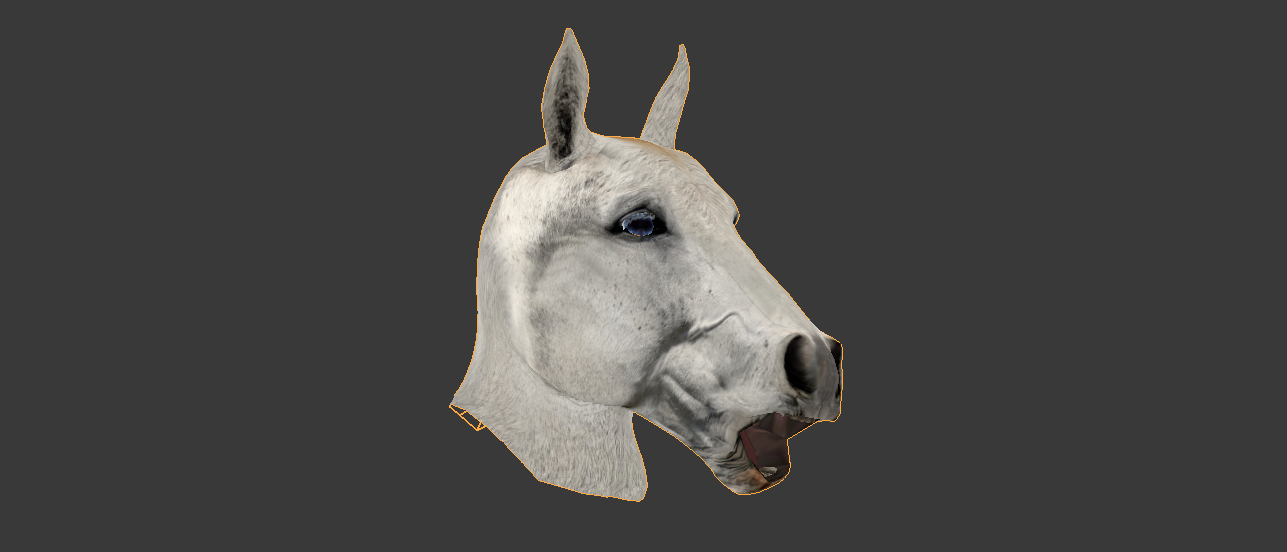The Effin Export/Import Project
Edit: For the record, this tool is implemented and has its own thread here:
I can't really do what I want to do with FO4 if I can't do proper weight painting and I don't have full control over the nifs I create. So I've decided to have a look at making proper import/export tools between Blender and FO4. I'm using this blog to track thoughts and progress notes along the way.
There are two possible routes:
- Extend the niftools package. That is currently being actively worked on, tho there was a long hiatus for the past few years, which meant I was stuck with old versions of Blender and a multi-step conversion process. The recent versions support the latest Blender and maybe have better export--I haven't yet seen a version which exports properly but I haven't tested the latest. Upside of this method is it ties into an existing project and extends the tools that have been around forever. Downside is this stack is very complicated--translation generated from XML files, read/write through pyffi, and so forth. I'm told the XML for FO4 has been written but pyffi needs updating to use it. Presumably higher levels of the stack would need work too? Dunno.
- Bodyslide/OS has export/import to all games and they stay up to date all the time. Their nif code is cleanly separated into a package called Nifly, which is used by BS/OS, Cathedral tools, and Nif Optimizer. So it seems like robust code with an active community behind it. Downside is I'd have to access it from a Blender python addon, and I have to figure out how to walk the Blender representation of a model so as to push it at Nifly.
I've looked a little bit at both options. My feeling right now is that the hard part of the niftools route is digging into XML, generated code, and pyffi. The hard part of the Nifly route is figuring out how to bolt it into Blender and parse the Blender data model. That seems more straightforward. It's all known stuff--Blender addons and such. So until I hit a roadblock, I'm going to explore that.
The biggest issue is whether I can call the C++ Nifly code from a Blender addon. I hunted through other addons and found an import/export addon that does exactly that. So in theory I just copy their method.
So here's the project:
- Figure out how to make a Blender export/import addon
- Figure out how to make a DLL
- Make a dummy DLL and call it from a dummy export/import addon. Once that's done I know I can get data into and out of Blender.
- Make a DLL encapsulating Nifly
- Call that DLL from my Blender addon.
- Keep adding features until done.
#1 is mostly done--I have a little script that pretends to be an export/import addon but does nothing. On to #2.
Edited by Bad Dog



175 Comments
Recommended Comments